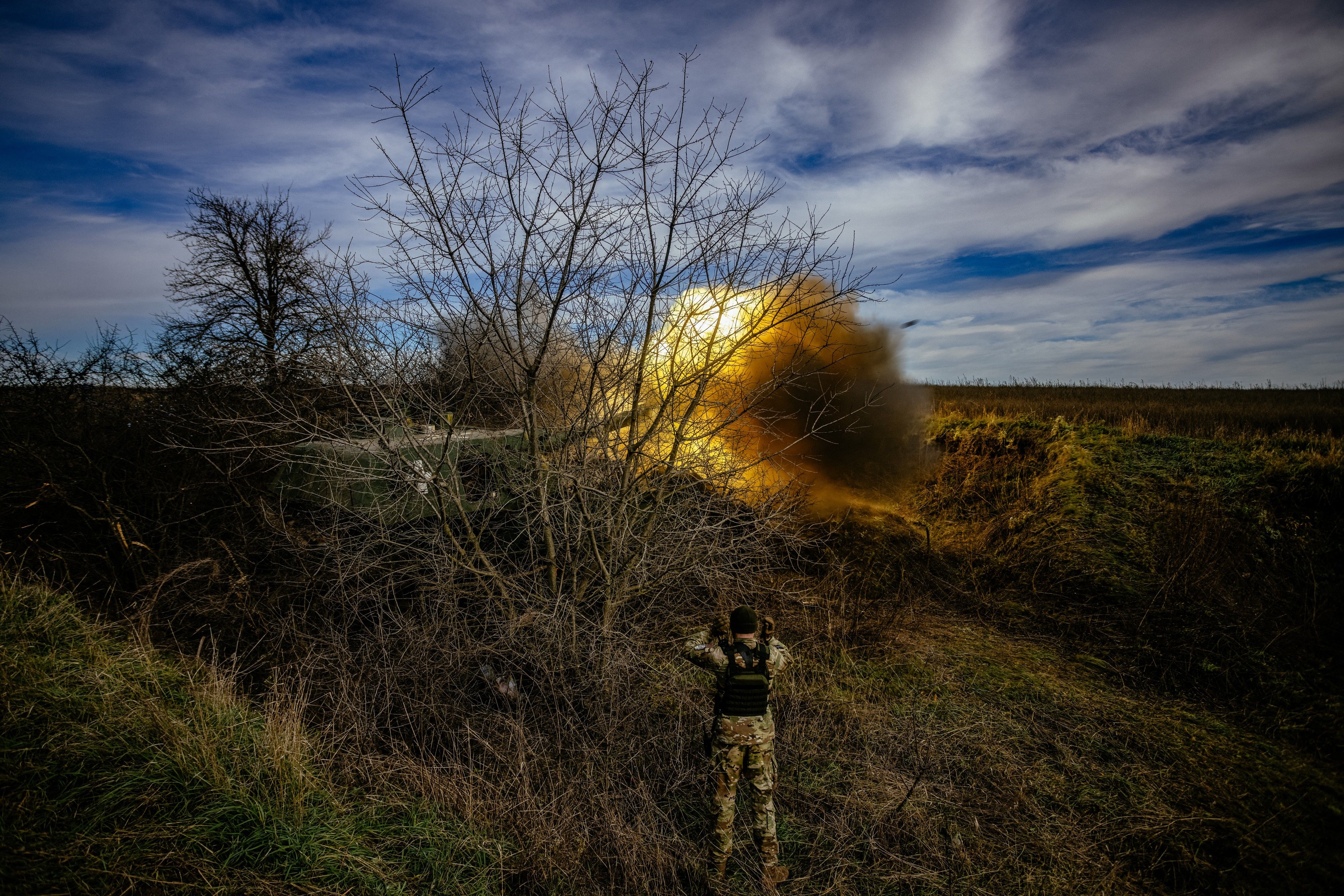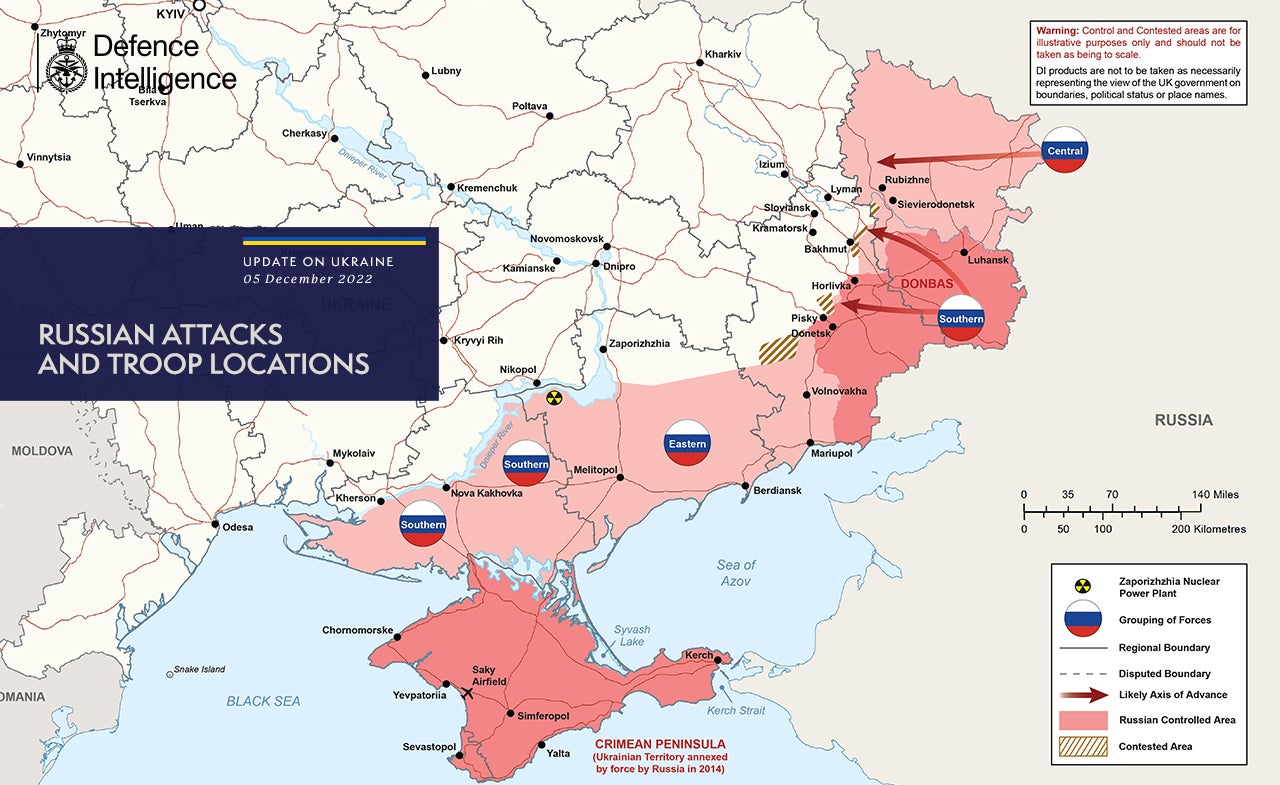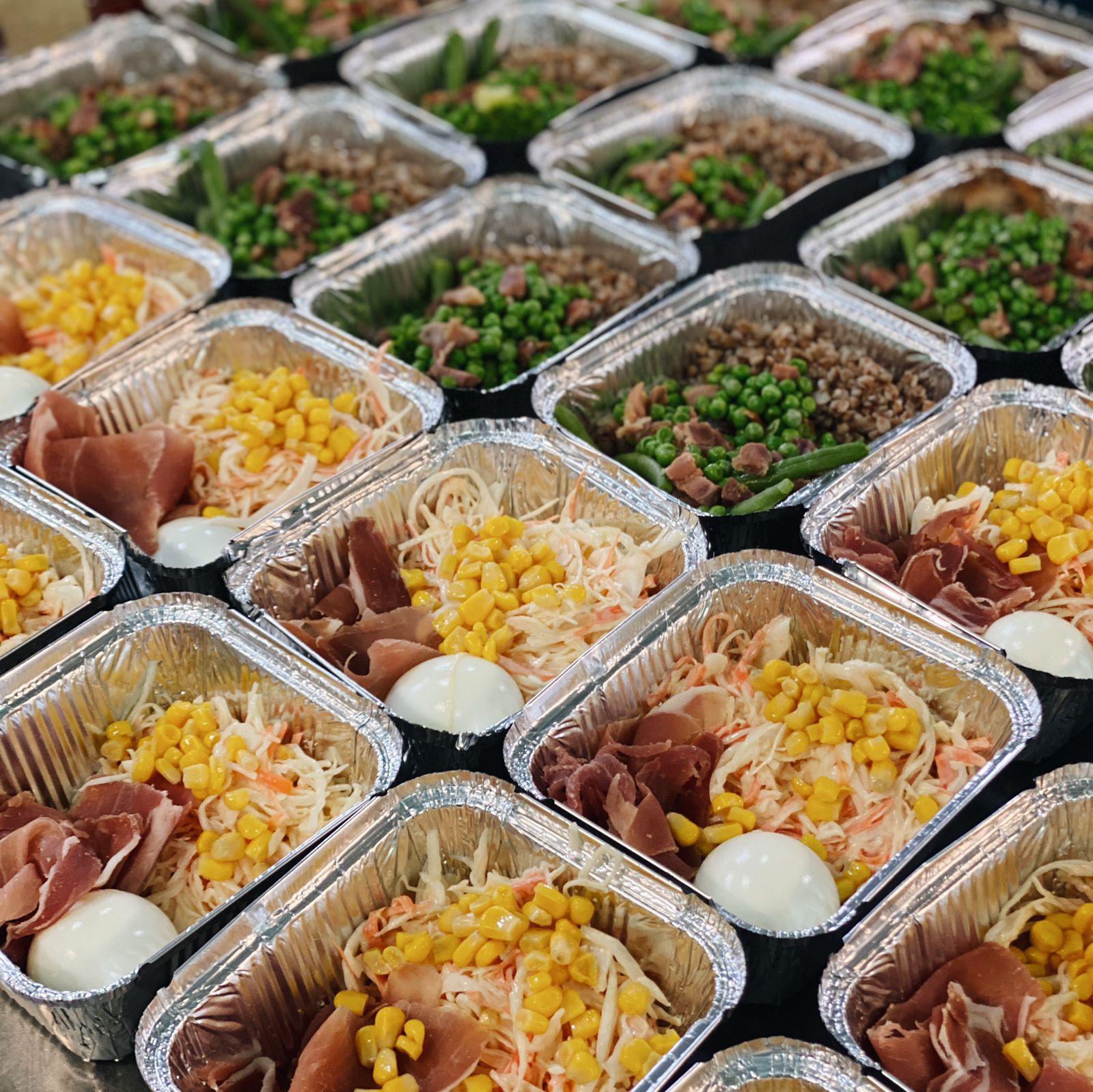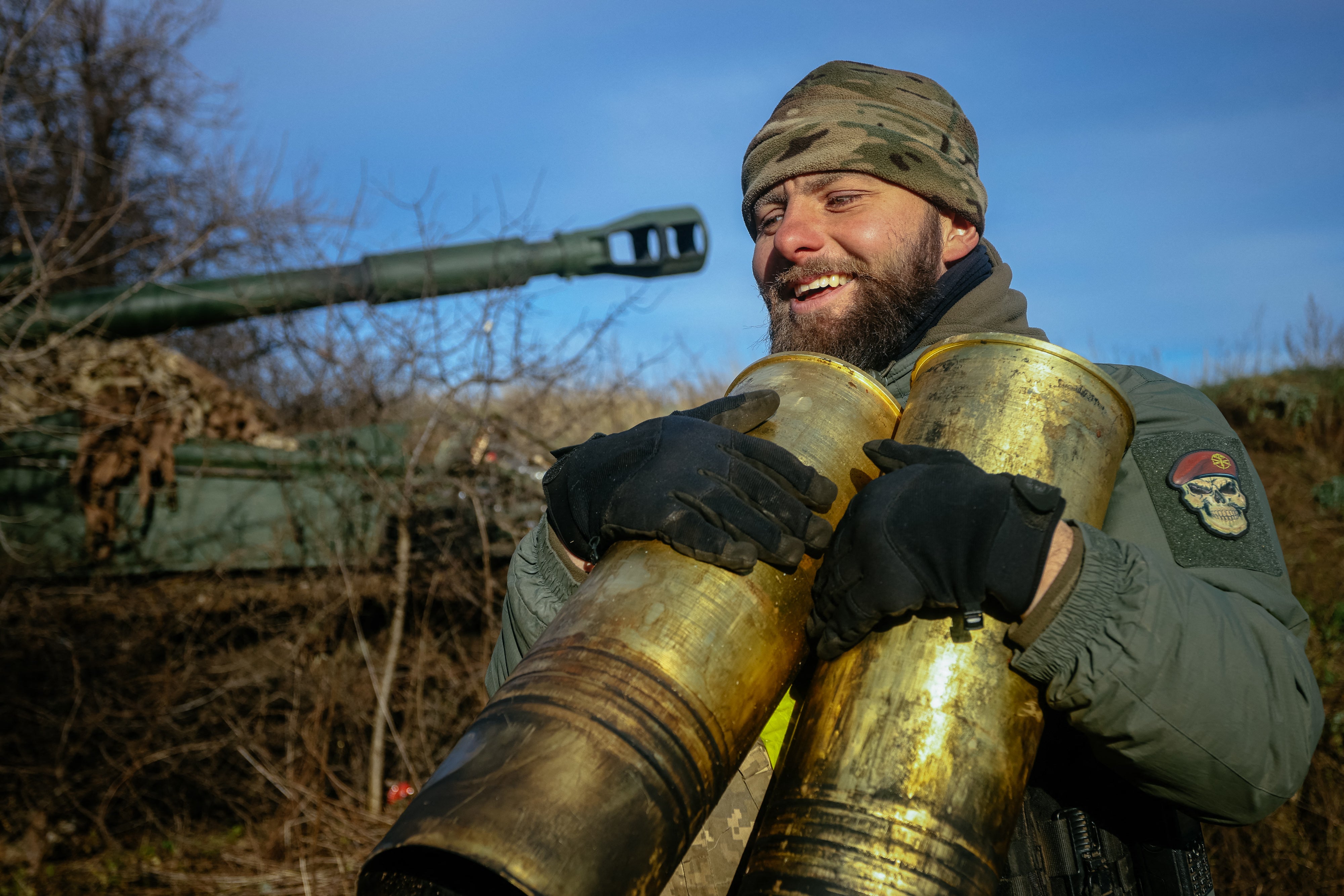Putin on back foot and Kyiv in the driving seat: How the Ukraine war will play out this winter
Facing a well-equipped and highly motivated Ukrainian army, Russia faces an uphill battle this winter, reports Arpan Rai


When the volleys of Russian cruise missiles and shelling turned the Kyiv night sky orange on 24 February, many predicted Vladimir Putin’s invasion would tear through Ukraine’s defences and that the conflict would be resolved in a matter of weeks, if not days.
More than nine months later, the muddy and sludgy trenches stretching along the country’s southern and eastern frontlines are being coated in thick white snow as temperatures plummet with the onset of winter.
Russia has been accused of weaponising the cold in its all-out war against Ukraine, most notably by targeting the energy infrastructure.
But on the battlefield, experts monitoring the war say the odds are firmly stacked in favour of the home nation when it comes to a winter conflict.
However, from the Kremlin’s point of view, it is now a question of prolonging the fight – and the resulting instability in the global economy – longer than the West has the patience for.
Ukraine is riding the wave of a strong and consistent flow of Western support, from elite-level training provided by Nato allies in Poland to advanced weapons systems such as GPS-guided rocket artillery.

“Ukraine is in the driving seat; it has the strategic initiative,” says intelligence analyst Francis Lee-Saunders. “Ukraine is firmly on the offensive on the battlefield and it’s becoming increasingly clear in the last two to three months that Ukraine has superiority in many of the key determinants of the strategic trajectory of the war.”
Fighting this war on their home turf is among Ukraine’s biggest advantages, with its troops better prepared for the winter months than the Russian enemy in terms of both equipment and morale, says Shashank Joshi, defence editor at The Economist.
It’s a stark contrast to what’s happening across the border, he adds, where Russian stockpiles of ballistic and cruise missiles in particular are running short.
But both experts and the US intelligence services are warning that the world must be prepared for a slower pace to the conflict in the coming days, because launching effective offensive operations is not going to be easy for the Ukrainians either.

Soldiers on both sides of the conflict will have to spend a lot more of their time simply ensuring their survival rather than concentrating on the fierce demands of active combat, their movements and attacks, Mr Joshi says.
While Kyiv’s Western allies have been including more cold-weather gear in the aid being supplied to Ukraine in recent weeks, Moscow should be concerned by the toll challenging winter conditions will take on morale for a force that was already ill-equipped and disoriented from the beginning of the invasion, says Mr Lee-Saunders.
It’s a situation that has only worsened over time as seasoned Russian troops are killed, wounded or withdrawn and replaced by new recruits who have been sent to the frontline with limited training following Mr Putin’s mobilisation order.
“Mobilised Russian troops are not being sent to the frontlines with gear,” says Mr Lee-Saunders. “Contrast this to Ukraine, [where] Western countries have made winter clothing slightly more a priority for these months.
“Morale among Russian troops has been low; I struggle to see how it will not deteriorate further in the winter,” says the analyst, who works with Dragonfly, a geopolitical and security intelligence firm.
Mr Joshi points out that many of the mobilised Russian soldiers are inexperienced, indisciplined and most likely untrained in the art of maintaining camouflage during shifting winter conditions. This, he says, will make them easier targets for Kyiv to spot with drones, allowing Ukraine to inflict significant damage on Russia’s forces and make further advances as a result.
To keep them fed through the winter, Volodymyr Zelensky’s forces will be able to count on fellow Ukrainians like Ievgen Mykhailenko, who have taken it upon themselves to keep the country’s fighters nourished and in good spirits.
The 37-year-old professional chef is among a host of organisations seeking to deliver not just basic rations to the frontline, but hearty meals such as offal soup, minestrone, roast chicken, pork or chicken schnitzel, beef bourguignon, sausages, BBQ meats and salt-cured pork lardo.
Mr Mykhailenko is based in Zaporizhzhia, a region that has been witnessing heavy Russian shelling every day since September, and early on in the conflict decided to put his skills to use for the national cause.
“As a chef, I know how many calories the soldiers need to be fed, what nutrition they need, so I tweak their meals accordingly and also improvise the meal packages based on the feedback from soldiers,” Mr Mykhailenko tells The Independent over the phone.

He and his wife, who work with their team of volunteers at Magic Food Army, are also purchasing Nato-approved ready-to-eat meals made specifically for the military and dispatching them to the frontline, not just fill their stomachs but to look after the country’s “sons”.
“I try and make thoroughly balanced meals. Each meal has protein, starch, vegetables, minerals and vitamins and we try to cook everything separately,” he says, adding that the troops are also getting Italian and French cuisines in their meal packages.
The Ukrainian military is also receiving extensive assistance on the intelligence front. Kyiv’s Western allies are closely engaged in monitoring the conflict – something exemplified by the public updates put out like clockwork on Twitter by the UK’s Ministry of Defence (MoD) each morning.
A lot more intelligence sharing is going on behind the scenes of course, Mr Joshi says, an advantage that will give Mr Zelensky’s forces a much better picture of what the Russians are doing over the winter – where they are redeploying their forces from Kherson, where they may be preparing to dig in defensively and where they may be setting up new headquarters.
Faced against a well-fed, well-clothed and well-armed Ukrainian army, the endurance of the existing Russian forces is likely to be pushed to the limit, raising speculation that Mr Putin may again tap into the biggest advantage he has – his country’s much greater overall size – and call for a second mass mobilisation.
“Russia is running low on options,” Mr Lee-Saunders says. “Let’s not forget, Putin spent the first seven months of the war avoiding mobilisation calls. The fact that he [eventually] did it is indicative of the options they’d considered and their respective lack of success.”
Mr Putin had deployed more than two-thirds of Russia’s ground combat units around Ukraine on the eve of the invasion, and since then Ukraine claims it has killed or incapacitated nearly 90,000 Russian soldiers.
“[A second] mobilisation is likely to prolong the conflict – it is almost an attempt to throw down the gauntlet to the West and say, ‘I can keep this going for longer than you can. Mr Scholz, Mr Macron and Mr Biden, how long are you willing to put up with this conflict, high inflation and arms supplies every month?’”

Intelligence analyst Lauren O’Loughlin says the next six months, including this winter, will paint a clearer picture of how far European governments are willing to go in their support for Ukraine, particularly from an economic perspective.
“How governments decide to manage the next few months, especially as European populations begin to feel the crunch of the cost of living over winter, will largely dictate the extent of governments’ resolve when it comes to support for Ukraine,” the intelligence official at Dragonfly’s European desk tells The Independent.
With war fatigue a growing factor on both sides, the course of the conflict may well be decided by who tires out first – Mr Putin and his domestic support or Ukraine and its allies.
“The dynamics for companies in Russia are [also] likely to deteriorate, and a second round of mobilisation could be likely in a few months,” says Mr Lee-Saunders. “At this point, the war has been brought home to the Russian population like it wasn’t before. It’s going to be very hard for Putin to ride back on that given he doesn’t seem to view defeat or withdrawal as an option.”






Join our commenting forum
Join thought-provoking conversations, follow other Independent readers and see their replies
Comments